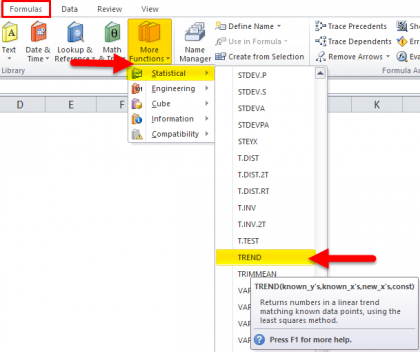

The Supply & Demand worksheet contains hypothetical data for the supply and demand of breakfast cereal. As prices rise, consumers purchase fewer goods. However, the reverse is true for consumers. Fundamental economic laws state that as prices rise, sellers are willing to increase supply and sell more goods. The Y axis contains the price of a certain good or item the X axis contains the quantity sold for that good or item.

This is because the data points for both the supply and demand lines require quantitative values on both the X and Y axes. We will demonstrate these features in this section.Ī common use for a scatter chart is the study of supply and demand curves. Excel can evaluate the line that is produced on a scatter chart and produce a mathematical equation. In fact, a common feature used with the scatter chart is the trendline and equation. Since both the X and Y axes contain quantitative values, the scatter chart is a valuable tool for studying various shapes or functional forms for a line chart. Depending on the format, we can create the scatter chart to look just like a line chart. In other words, the distance between the values on the X axis will vary depending on the value of the number. In a scatter chart, the X axis operates just like the Y axis. This means that the distance between each category on the X axis will always be the same, even if numbers are used. So far, the charts we have demonstrated in this chapter use categories or qualitative labels for the X axis. What makes this chart different from the other charts demonstrated in this chapter is that values are used on both the X and Y axes. This section focuses on the scatter chart Chart used when quantitative or numeric values are required for both the X and Y axes. Add a trendline and line equation to a data series on a scatter chart.Learn how to adjust the scale of the X and Y axes of a scatter chart.




 0 kommentar(er)
0 kommentar(er)
